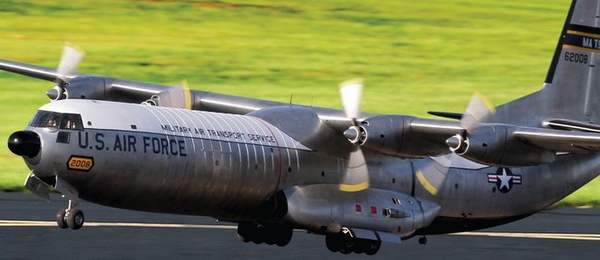C-133A CargoMaster

George Maiorana discusses his award-winning model the C-133A Cargomaster. Video by Nick Murling, Mark Lanterman, and Chad Budreau. Featured in the October 2014 issue of Model Aviation.
George Maiorana is a well-respected craftsman whose aircraft have won several awards throughout the years. His newest creation, a C-133A Cargomaster, is equally impressive. With a 10-foot, 8-inch wingspan, the model took 5 1/2 years to construct. His inspiration came after a trip to the National Museum of the US Air Force in Dayton, Ohio, when George found the full-scale C-133A parked outside of a hangar. This provided complete access to the aircraft, allowing him to take numerous photographs that he later used to construct the model. George’s aircraft made its debut at the 2014 Toledo R/C Expo in Toledo, Ohio, where it was selected Best of Show. It then traveled to Delaware to take part in the 60th anniversary celebration of the C-133, held at the Air Mobility Command Museum at the Dover Air Force Base in Delaware on May 9-10. George’s C-133A made its first flight at the International Aeromodeling Center in Muncie, Indiana on July 10, 2014, with Dave Pinegar at the controls. Other than a last-minute change from three-blade propellers to two-blade propellers, the maiden flight was a success. It was clear that George and Dave are comfortable working together and they competed in Team Scale at the Nats.










19 comments
C-133
C-133 Initial flight
C-133A
comment
why were the three bladed
One of the three bladed
Why Change To Two Bladed Props
prop sizing
Bret,
prop ifno
I'm looking forward to
I agree with Marty, way too
Building Fuselages
I recall visiting Dover AFB
Sweet!
C-133
C 133A
I was in the Air Force from
C-133
Add new comment